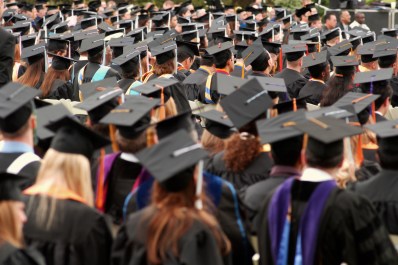An algorithm that matches kidney patients and donors
Matching markets are markets where money isn’t allowed to do what it usually does. For example, school admissions — colleges don’t just raise the tuition price until demand meets supply. Or how new M.D.’s get assigned to their residencies — they can’t just buy their way into the hospital they want. In each case, you have to find a way to match a candidate with an available slot.
You also can’t buy a kidney, or pay for somebody’s college education to get a kidney, or purchase a car for them in exchange of a kidney.
So how can you make a market for something that is indivisible and can’t put a price on? Al Roth, a professor of economics at Stanford, realized that this model could be adapted to help kidney patients find a potential donor.
“Let’s pretend you and I, Kai, we both need a kidney transplant. And that both of us have a relative who’s willing to donate one, but your relative is not a biological match for you and mine isn’t for me,” says Stephen Dubner, author of “Freakonomics.” “Wouldn’t it be awesome if you could enter all your data and all of the donor’s data into some algorithm that could magically sort these data from all the transplant centers in the country and match up donors and patients?”
Roth’s algorithm has helped save a lot of lives. Ruthanne Leishman from the United Network for Organ Sharing says the United States has about 600 kidney paired donation transplants per year right now. In 2000, the U.S only had two.
There’s a lot happening in the world. Through it all, Marketplace is here for you.
You rely on Marketplace to break down the world’s events and tell you how it affects you in a fact-based, approachable way. We rely on your financial support to keep making that possible.
Your donation today powers the independent journalism that you rely on. For just $5/month, you can help sustain Marketplace so we can keep reporting on the things that matter to you.


















